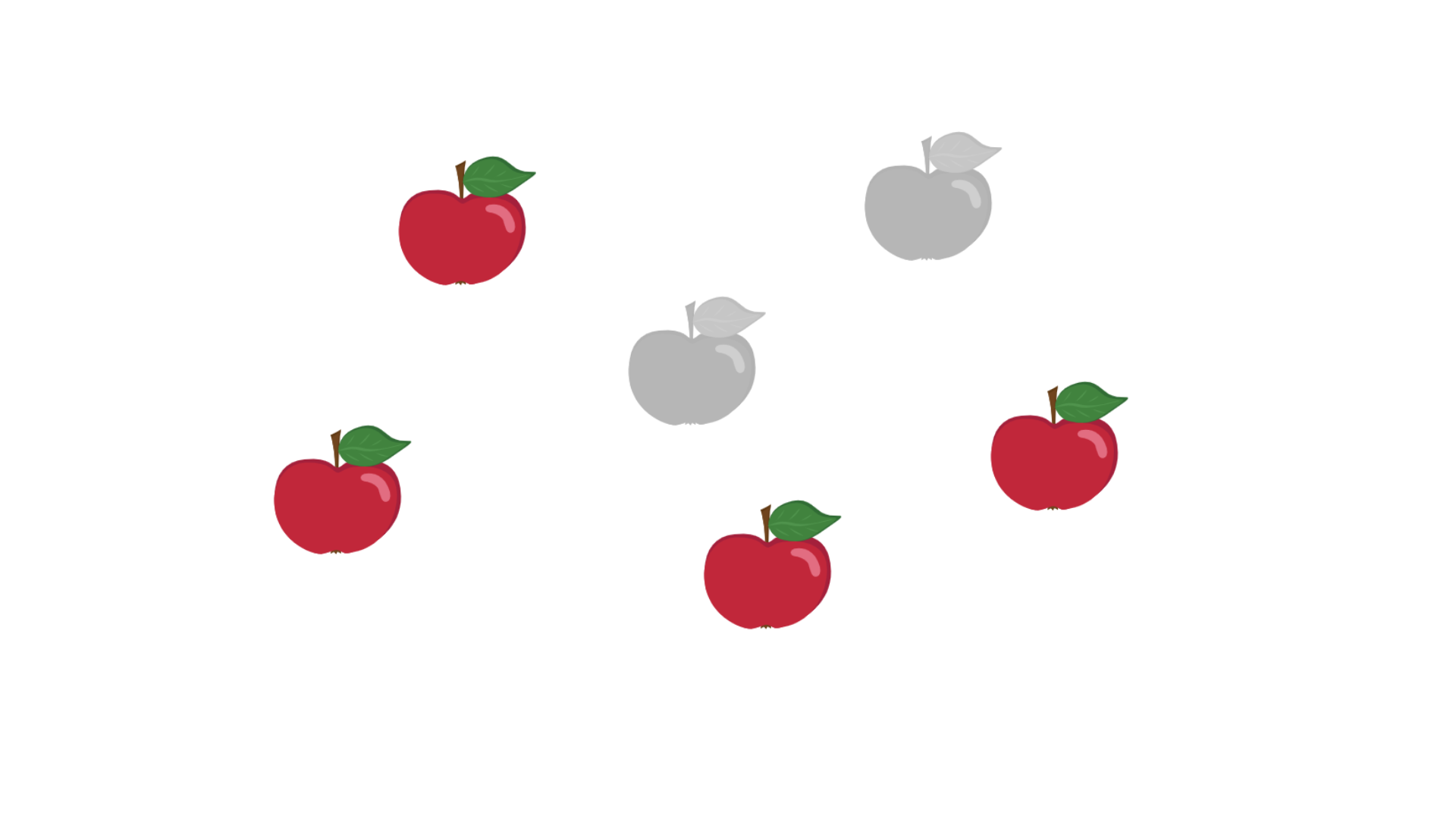Tips on how to use this exercise at home and at school.
Early math concepts
If the child naturally understands the quantity 0-5 or 0-6, you can offer activities such as number sense in the number range 0-10. The child works with a variety of stimuli so that he or she does not become attached to a given stimulus, its size or orientation (for example, so that the child does not have an idea of the number 4, only as 4 dots laid out in a square, as on a playing dice), thus allowing him or her to develop number ideas more effectively.

Why is this exercise important?
The child shows a sense of counting even before starting school. He has a natural insight into the structure of the number 1- 5 or 1-6, i.e. he intuitively perceives this number. However, some children venture further and begin to understand the quantity 0-10 naturally. In this case, it is a perception of quantity a number that he verbally names but does not yet know the digits. The number labelling comes later.
Who is this exercise suitable for?
In general, it belongs to preschool and early school play. It develops several ideas and rational assumptions.
Methodological recommendations
The child is shown pictures that are different in size or orientation. The child counts or perceives the pictures as a whole. She clicks to continue. The same or fewer of the original pictures remain on the screen and the child has to determine how many pictures have disappeared. Thus, for example, he or she saw ☼ ☼ ☼ ☼, now sees ☼ ☼. How many have disappeared? A well-intuitive child will say the correct answer without thinking. Some people use their fingers and some people don't know what to do.
The app allows for individual picture ranges: 2-4; 4-5; 5-6. We can perceive the number of pictures up to 5 or 6.
Higher numbers are already counted by grouping, i.e. by grouping objects. For example, we count the number of eight images in groups of two, three and so on according to the convenience of their distribution. We can support this grouping and offer it in higher classes when counting by one is too persistent. Then the 6-10 setting will help us.
Tips for similar activities outside the application
A game like "How many hands do I have under my arm?" can be played with beads, beans, pasta, pebbles, etc.